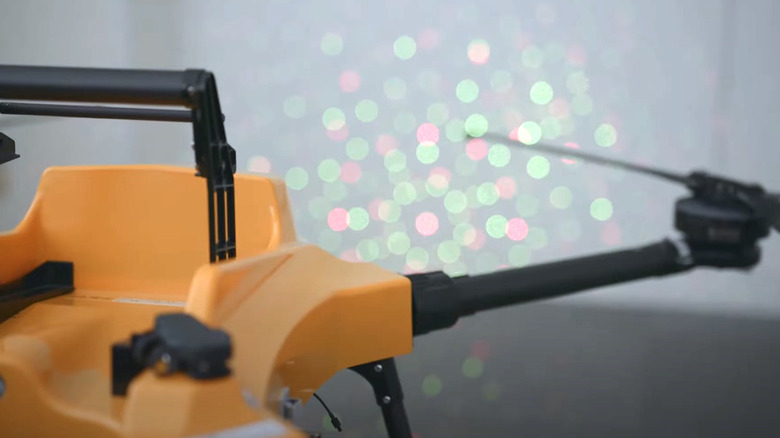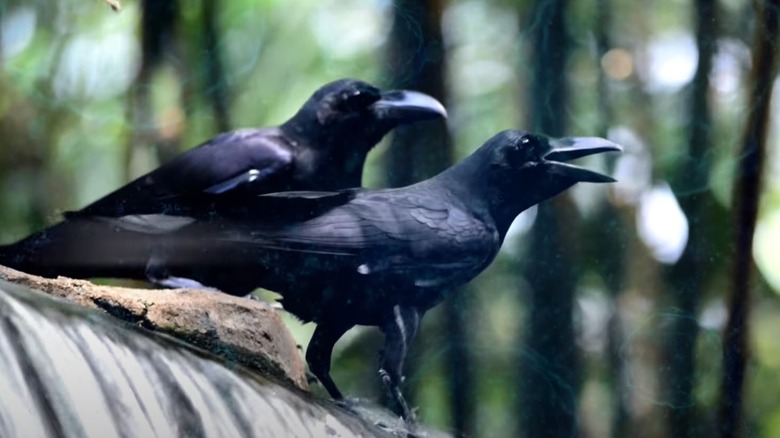These High-Tech Japanese Drones Have Just One Purpose - And It's Not What You Think
There are about a million and one different uses for drones these days. Many people use them for recreational purposes or photographic endeavors, while certain government and military factions utilize more technologically advanced versions of drones for monitoring or engaging enemies in warfare.
The devices are being used more in the agricultural realm as well, with many larger operations utilizing the tech to aid with everything from irrigation and spraying to the dispersal of fertilizers. Meanwhile, Japanese manufacturer NTT e-Drone Technology has been developing a product designed for a singular, but vital purpose in the agricultural arena: the prevention of a deadly, yet relatively common disease that affects poultry and other forms of livestock. That illness is the dreaded Avian Flu, which has been a recurring problem in the Asian agricultural industry.
The virus affected more than 3 million chickens throughout Japan's Chiba prefecture alone in January and February of 2025, and soon spread to nearly 5 million in total. Farmers have been desperate to find new measures to limit exposure to Avian flu, and NTT's new drone approach may be the fix the industry has long needed. To be clear, the drone does not perform any sort of medical or veterinary actions after an illness has taken hold of livestock. The devices are focused instead on helping to prevent the Avian Flu virus from ever taking hold of the animals by frightening away those who carry it.
The drones use lasers to frighten off known carriers of Avian Flu
Apart from helping protect livestock from Avian Flu, such measures can also prevent the disease from spreading to farmers who are frequently in close contact with their animals and are thus particularly susceptible to the virus. Humans aside, the primary goal of NTT e-Drone Technology's new drone — dubbed the BB102 due to its focus on birds and beasts — is to deter common carriers of Avian Flu, such as pigeons, crows, and waterfowl, from hanging around or even landing near poultry farms.
No, it is not a tactical military-ready drone designed to fry infected birds mid-flight, nor is it one the U.S. Navy might need to fire up a high-tech HELIOS system to handle. So, how does the BB102 perform this potentially life-saving task? With the help of lasers, of course. The drones are outfitted with laser light arrays that are meant to frighten such animals away before they land.
The BB102 drone is designed to patrol the skies over a farm autonomously in search of any winged visitors. When such an intruder is detected, the drone fires up its laser show, projecting an array of red and green lights that shift and strobe in a manner meant to frighten off aerial animals. Red and green lights have been proven to disorient birds and some larger mammals enough that they refuse to hang around when subjected to them. While many farming outfits may not have laser-lighting drones in their budget, local Japanese governments are offering subsidies to those who want them.

